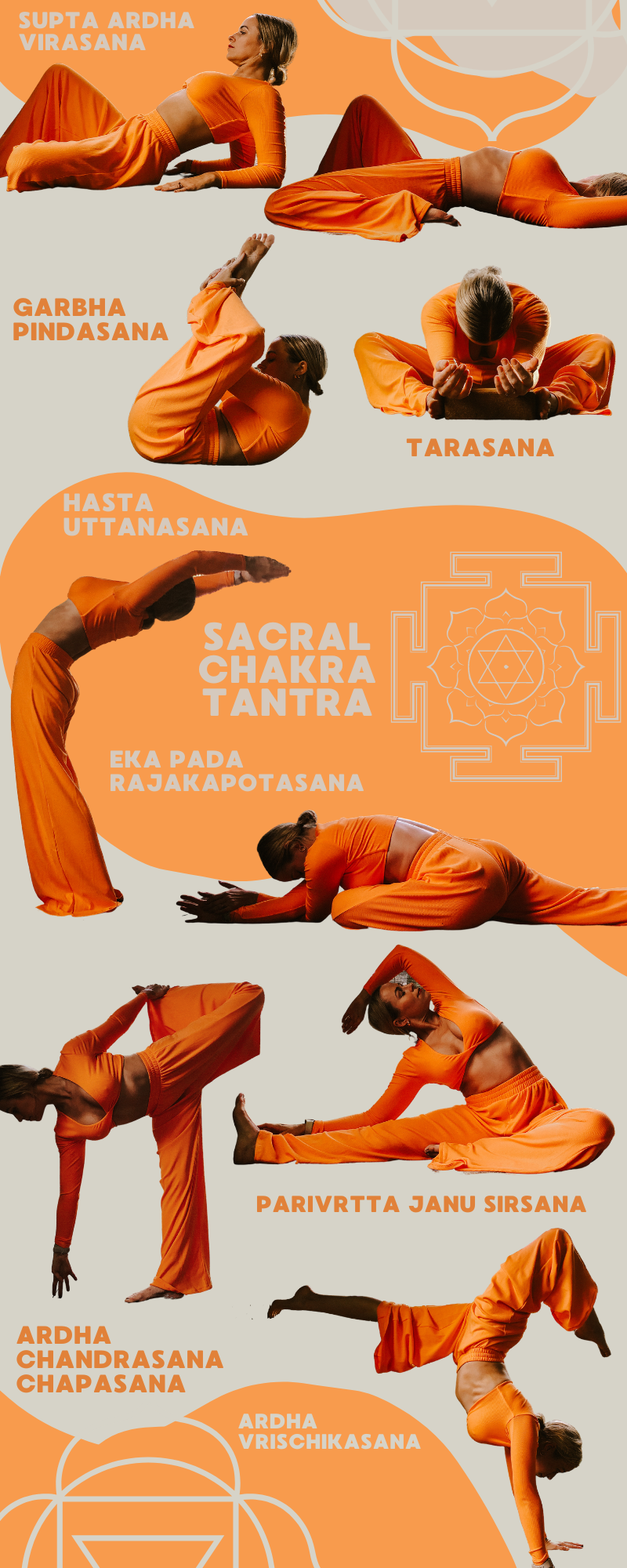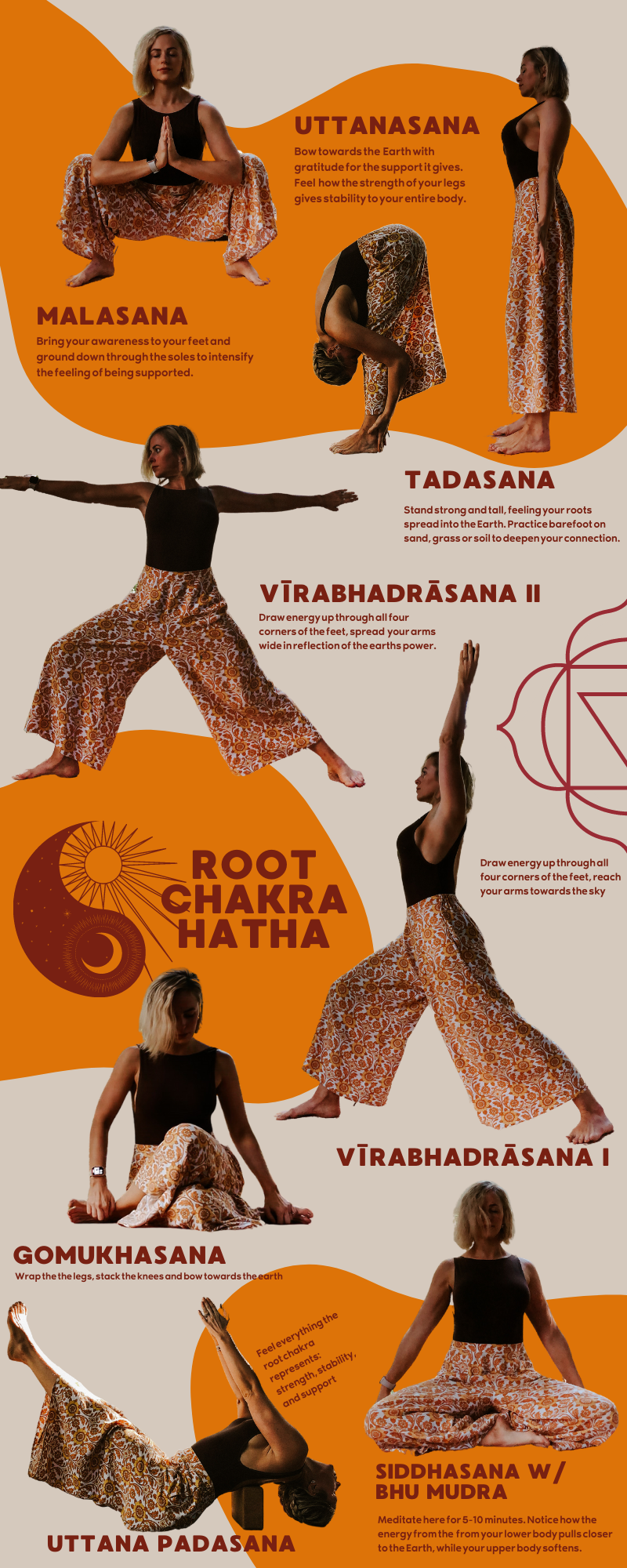Over the next few weeks I’m placing dieting under the microscope. Knowledge is power, and I’m hoping this series of posts empower you to make healthy decisions for your unique self.
Having a healthy relationship with your health isn’t just physical, it’s mental too, and in the early stages of changing up your diet, any kind of extra encouragement can make the difference between you staying disciplined with your plan or giving it up entirely.
If you’ve ever dipped your toe in dieting and experienced fast weight loss in the early stages; there’s a good chance that what you’ve lost is water weight. You may have had friends or family dismiss your efforts by telling you “ its only water weight”.
Now, if you’re less bloated, or weigh less on the scales; be it water weight or not, this is going to make you feel good, and might just be the encouragement you need in order to stay focused. So don’t be discouraged when someone tells you this. Keep in mind though, that this is also not necessarily as a result of some wonderous new diet, so my advice is this
“Don’t be dumb, but also don’t be discouraged “.
So what exactly is water weight? and what causes us to retain it and/or how can we get rid of it?
Water weight is when fluid that would normally go to your kidneys, collects and retains in your tissues causing them to swell.
There are a number of factors that can cause water retention: diet, hormones , genetics, medications, travel, etc - but for now let’s just look at diet, hormones and lifestyle.
SALT + CARBOHYDRATES:
One of the biggest culprits, is too much salt in your diet. Sodium binds with water and keeps it trapped in the body. The higher the sodium in the diet, the more fluid retention a person will have.
Carbohydrates can also have an impact on fluid retention. The carbohydrates we don’t use right away for energy we store as glycogen. Each gram of stored glycogen is bound to approximately 3-4 grams of water, and water is heavy. So the more glycogen we are storing, the more water we are taking in. Moreover, any kind of diet that restricts carbohydrate intake, will result in a rapid loss of glycogen, and for all lost glycogen, we also lose accompanying water - and hence weight.
A SIDE NOTE ON GLYCOGEN: If you use up your body's glycogen stores (as when dieting and/or with prolonged exercising), a lot of water is released over a short amount of time.
It only takes a few days of dieting for glycogen to be expended, so the initial weight loss is dramatic. Loss of water can lead to loss of inches. However, as soon as you eat enough carbohydrates (sugars or starches), your body readily replaces its glycogen stores.
(Low Carb, Keto, Paleo, Low Sodium, Fasting, Juice Fasting, SIRT, Calorie restricting) - I’m drawing the lines, and hope you are connecting the dots.
DEHYDRATION:
After learning that water is heavy, you might be thinking that putting extra water into your body would add more water weight. Well, actually quite the opposite. When our bodies feel starved for water, it will hold onto whatever water it has. Not only should you pay attention to the amount of water you consume, but also the foods/drinks that promote dehydration. Tea, coffee, alcohol, sugary drinks and packaged/processed foods are all dehydrating.
Conventional keto aside, ’m yet to find any diet that doesn’t encourage drinking lots of filtered water, or limiting/removing sugar, packaged/processed foods.
Most diets ( The SIRT diet excluded), will also encourage you to avoid coffee and alcohol, or limit you to black coffee.
Eating foods that have a high water content will also help to increase overall hydration, which will ultimately help your body excrete water. Some of these foods include: Celery, cucumber, spinach, kale, parsley,lettuce, zucchini, tomatoes, strawberries, melons. Furthermore, eating potassium-rich foods like tomatoes and sweet potatoes (and most fruits and vegetables) can also help you get rid of excess salt.
If you’re on a diet at the moment or been on any in the past, did these foods feature in it?
PHYSICAL ACTIVITY:
It’s a no brainer that Physical activity is key to losing weight; especially if you are putting in less than you put out. But if you’re expending more energy than you are putting into your body, the first weight you’ll lose is water weight. Similar to what was discussed before with carbohydrates, the energy source your body turns to once it runs out of its relatively small store of sugars is glycogen. Ergo, loss of glycogen, results is loss of accompanying water - and hence weight.
Whether you are trying to lose weight or simply improve your health, you should be incorporating at least 30minutes of physical activity into your day. Most diets or programs will also encourage this.
HORMONES:
Many women retain water weight the week before their period. Estrogen and progesterone: the two main female sex hormones, have a lot of influence on fluid regulation in the body. So as these hormones fluctuate throughout the menstrual cycle, they can cause gains and losses in water weight.
Long term stress can increase the hormone cortisol, which directly influences fluid retention and water weight. This could be because both stress and cortisol increase antidiuretic hormone (ADH), a hormone that controls water balance in the body. Water retention as a result of elevated cortisol levels isn’t common, but it can happen. If you control your stress levels, you will maintain a normal level of ADH and cortisol, which is important for fluid balance and long-term health and disease risk.
Ladies, as a general rule I would never weigh myself around the time of my cycle.
Most diets, “wellness programs/challenges, body resets, etc are all modelled on the same foundations. Eat plenty of colourful vegetables & fruit, get adequate clean protein, exercise regularly, drink plenty of water, and get a good 6-8hours sleep.
It’s important to note that all of these things will help you reduce stress, help you maintain normal cortisol levels and reduce inflammation within the body. That’s not to say this isn’t sound advice ( it is! ), it’s just not anything new!
So the next time you need to shed a kilo or two, please don’t sign yourself up to the first fancy new thing that pops up in your newsfeed. Be smart, be honest with yourself, look at what you’re eating, what you’re not eating, how much you’re moving and how well you’re hydrating , and start making changes there.
Until next weeks instalment: stay happy, healthy and well ✌🏽















